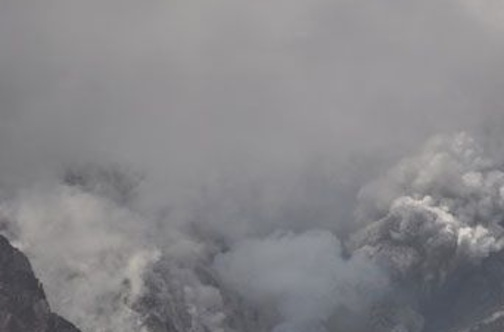 An “noticeable” increase in seismic activity at the Soufirere Hills Volcano has resulted in the closure of the Zone C area near the volcano, which had been reopened for daytime entry in December.
An “noticeable” increase in seismic activity at the Soufirere Hills Volcano has resulted in the closure of the Zone C area near the volcano, which had been reopened for daytime entry in December.
Dr Paul Cole, director of the Montserrat Volcano Observatory, told a radio station Friday that it was a precautionary measure as authorities continue to monitor the volcano.
“Following two volcano-tectonic swarms on the March 22 and 23, 2012 involving 49 and 54 events respectively, mild ash venting began at Soufriere Hills Volcano at around 8:00am local time on March 23,” the MVO said in a statement. “The venting was sourced from the floor of the Feb. 11, 2010 collapse scar, immediately south of the old English’s crater wall and to the west of the long-lived hottest fumarole previously identified.”
The Zone C area, which is comprised of Cork Hill, Weekes, Foxes Bay, Richmond Hill, Delvins and extends 500 metres out to sea is part of the island’s exclusion zone.
It reopened in December 2011, after the hazard level in the area was lowered. The level will likely not be lowered, however, despite the area’s closure.
According to the statement, the ash venting was “clearly pulsatory,” and sent ash 6,000 feet above sea level. It sent black jets of ash rising a few hundred metres above the floor of the collapse scar.
The activity was described as “phreatic,” meaning activity formed when superheated rock meets groundwater, causing the rocks to fragment and generate ash.
“[Volcano-tectonic] earthquakes are related to fracturing rocks probably as a result of increases in pressure,” the statement said. “It is likely that these increases and the resulting earthquakes are related to uprising magma below the volcano.”
Similar types of activity have apparently occurred at the volcano up to several months prior to magma extrusion, both in 2005 and 2008.



